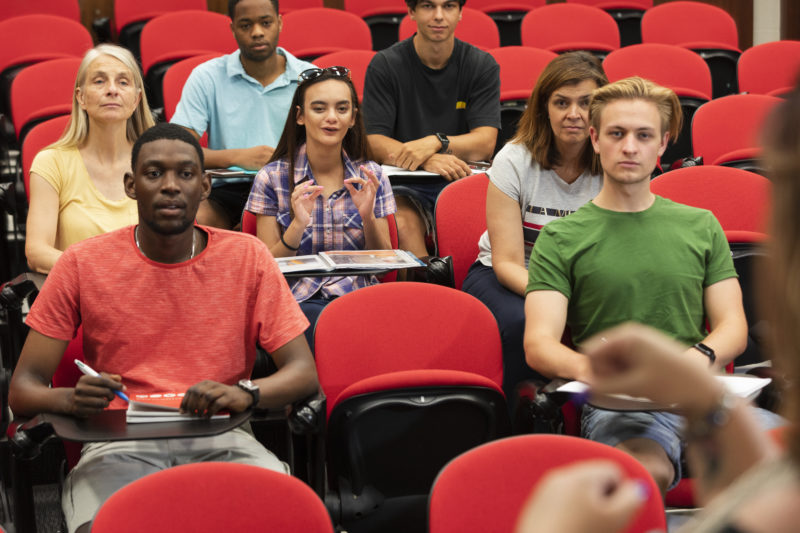Marketers need to authentically visualise people with disabilities
Time for more diversity in photography, writes iStock and Getty Images head of creative Insights APAC, Kate Rourke.
Wheelchair tennis champion Dylan Alcott became the first person with a disability to be named Australian of the Year. In his acceptance speech, Dylan discussed how watching past Paralympic heroes on TV drove him to pursue a career in sport. This insight from one of our sporting greats highlights how authentic visual content has the power to shape and break stereotypes, and begs the question: why don’t we see more of it?
Disability is intersectional – it’s important for businesses to intentionally include the diverse narratives that make up everyday life, across age, ethnicity, sexual orientation, gender, socioeconomic status, religion and cultural lines.

Picture: Getty Images

